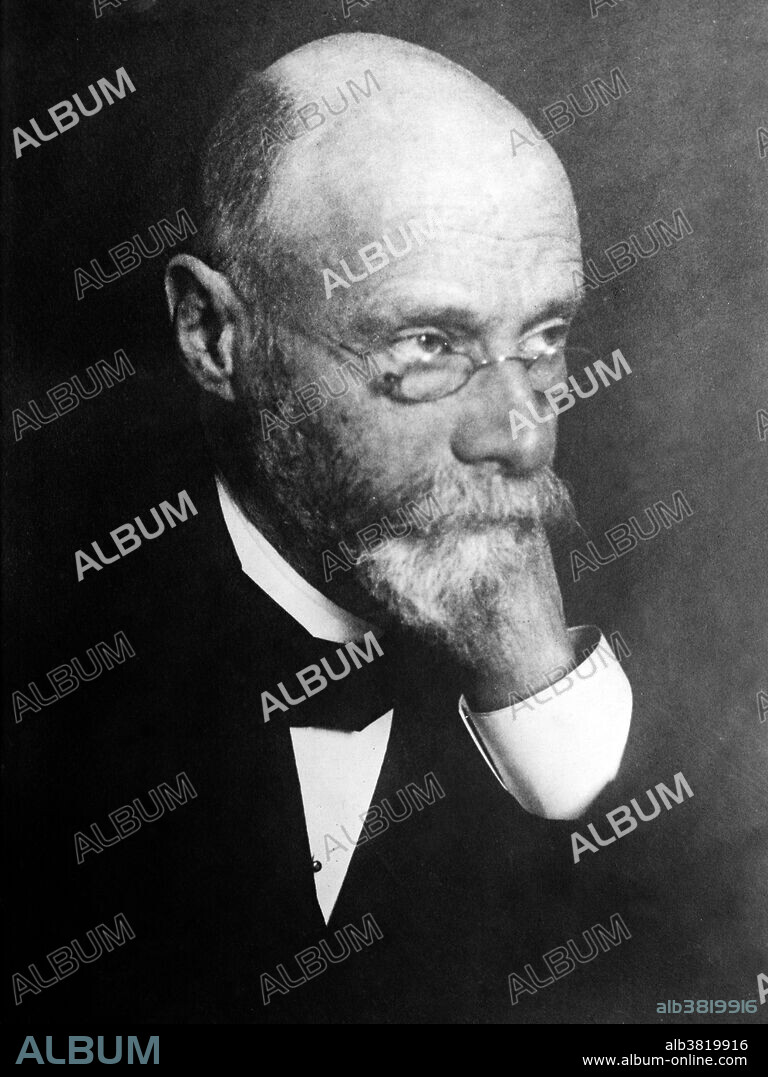alb3819916
Willem Einthoven, Dutch Physiologist

|
Añadir a otro lightbox |
|
Añadir a otro lightbox |



¿Ya tienes cuenta? Iniciar sesión
¿No tienes cuenta? Regístrate
Compra esta imagen
Título:
Willem Einthoven, Dutch Physiologist
Descripción:
Ver traducción automática
Willem Einthoven (1860-1927) was a Dutch doctor and physiologist. He invented the first practical electrocardiogram (ECG or EKG) in 1903 and received the Nobel Prize in Medicine in 1924 for it. In 1901, Einthoven completed a series of prototypes of a string galvanometer. This device used a very thin filament of conductive wire passing between very strong electromagnets. When a current passed through the filament, the electromagnetic field would cause the string to move. A light shining on the string would cast a shadow on a moving roll of photographic paper, forming a continuous curve showing the movement of the string. His assignment of the letters P, Q, R, S and T to the various deflections is still used. The term "Einthoven's triangle" is named for him. It refers to the imaginary inverted equilateral triangle centered on the chest and the points being the standard leads on the arms and leg. After his development of the string galvanometer, Einthoven went on to describe the electrocardiographic features of a number of cardiovascular disorders.
Crédito:
Album / LOC/Science Source
Autorizaciones:
Modelo: No - Propiedad: No
¿Preguntas relacionadas con los derechos?
¿Preguntas relacionadas con los derechos?
Tamaño imagen:
3300 x 4400 px | 41.5 MB
Tamaño impresión:
27.9 x 37.3 cm | 11.0 x 14.7 in (300 dpi)
Palabras clave:
BLANCO Y NEGRO • CIENCIA • ELECTROCARDIOGRAFIA • EUROPEO • FAMOSO • FIGURA • FOTO • FOTOGRAFIA • GANADOR DEL PREMIO NOBEL • GENTE • HISTORIA • HISTORICO • HOLANDES • HOMBRE • HOMBRES • IMPORTANTE • INVENTOR • MASCULINO • MEDICINA • MEDICINAL • PERSONA • PERSONALIDAD • PERSONALIDADES • PREMIO NOBEL • RETRATO DE HOMBRE • RETRATO • SIGLO XIX • SIGLO XX
 Pinterest
Pinterest Twitter
Twitter Facebook
Facebook Copiar enlace
Copiar enlace Email
Email
